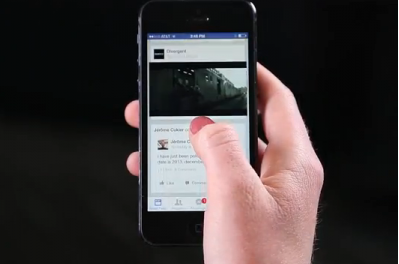IAB Australia pulls support for Nielsen video metric as publishers question its accuracy
The complicated world of online video measurement has hit another snag, with the Interactive Advertising Bureau (IAB) refusing to endorse the secondary crediting for video in Nielsen’s Digital Content Ratings (DCR) product.
Nielsen is the industry body’s preferred provider of online audience measurement, but interim IAB Australia CEO Gai Le Roy said she did not believe measuring video views from the start provided robust-enough data for media buyers and advertisers to make accurate decisions. It will not endorse Nielsen’s metric until it introduces a two-second view qualifier.



This is a great step, but Instant Articles need to be removed from Nielsen’s measurement methodology too. There’s no way a pageview on an Instant Article is ‘worth’ anywhere near the same as a pageview on a publisher’s own website. A weighting system like the one digital music charts have introduced (streams vs sales vs video views etc.) may work here: https://www.billboard.com/articles/news/8427967/billboard-changes-streaming-weighting-hot-100-billboard-200
Facebook has wildly inflated organic reach for both Instant Articles and Video over the years. With Nielsen’s measurement methodology as it stands, publishers are incentivised to pursue a Facebook-centric distribution strategy to (rightly or wrongly) get their DCR audience number as high as possible. That strategy only serves to further damage our broken industry by moving more advertising money to Facebook.
DCR is good in theory but there is still so much that needs to change in practice. In the mean time, Nielsen needs to remove those wildly inflated audiences until the viewing time qualifier is introduced.
I agree Finally.
But for every ‘zero-second’ user you credit you add one to the audience count and zero to the time-spent count. Of course, this means that average time spent drops. Have a look at the monthly average time spent and compare it to other media such as TV. Then work out what chance your ad has of being seen.
Agreed. Hopefully we get to a place where time spent is a crucial part of the measurement equation. There’s just no way it’s going to be Nielsen who will be driving that innovation. If ever there was a space wide open for disruption…
I am sorry. But if the industry body refuses to endorse a metric by the company who is charged as the best to measure digital, then this whole Nielsen measurement thing is grave indeed. A measurement company who can’t even measure something so important like video.
Annon, do you even a scintilla of an idea of how hard to is to measure the audience to video?
It’s bloody easy to come up with a bunch of crap numbers (I hesitate from calling them metrics) as the past decade-plus has shown. The IAB has done the right thing because the video data would be overstated (well, there’s a first right there!). I suggest everyone check their website analytics as I think you will find that your video is also over-stated (shock, horror).
I’ve scanned the web for your research and technical papers on digital audience measurement Annon, and can find none.
So could you please briefly elucidate what your plan and method is?